A dosa tawa iron, also known as a dosa pan or dosa griddle, refers to a specific type of tawa pan used for making dosas, a popular South Indian crepe-like dish.
Dosa tawa iron pan, which is made of cast iron, is great at retaining heat and distributing heat evenly. The heavy and sturdy nature of cast iron helps in achieving the desired texture and crispiness of dosas.
A dosa tawa iron pan usually has a wide and flat surface that allows you to prepare large, wafer thin dosas easily. The flat surface promotes even cooking and browning, resulting in a perfectly cooked and golden-brown dosa.
One distinctive feature of a dosa tawa iron is that it requires seasoning, which involves coating the pan with a layer of oil and heating it to create a natural non-stick surface. Seasoning helps in preventing dosas from sticking to the pan and also enhances the flavor and texture of the dosa.
What Is The Primary Use Of Dosa Tawa Iron?
A dosa tawa, also known as a dosa pan or dosa griddle, is a specialized cooking utensil primarily used for making dosas, a popular South Indian dish. Here are some uses and benefits of a dosa tawa iron:The primary purpose of a dosa tawa iron is to cook dosas, a thin and crispy South Indian crepe made from a fermented rice and lentil batter. The flat and wide surface of the dosa tawa iron allows for spreading the dosa batter evenly, promoting even cooking and achieving the desired texture and color.
Benefits Of Dosa Tawa Iron:
- Even Heat Distribution: Dosa tawa iron is designed to provide even heat distribution across the cooking surface, ensuring that the dosa cooks uniformly. This is crucial for achieving the characteristic texture of a crispy dosa.
- Heat Retention: Tawas made from materials like cast iron have excellent heat retention properties. They can maintain high cooking temperatures, allowing for proper browning and creating the desired texture in the dosa.
- Non-Stick Surface: Over time, dosa tawas made of materials like cast iron develop a natural non-stick surface when seasoned properly. This helps in flipping the dosa easily and prevents it from sticking to the pan.
- Versatility: While dosa tawas iron is primarily used for making dosas, it can also be used for cooking other popular flatbreads like cheela, uttapam, or even pancakes. The wide cooking surface makes it suitable for various recipes that require a flat and spacious cooking area.
- Authentic Flavor: Using a dosa tawa made of materials like cast iron can impart a unique flavor and taste to the dosa. The dosa absorbs the flavors from the seasoned tawa, enhancing the overall experience and authenticity of the dish.
What Can You Cook In Dosa Tawa Iron?
A dosa tawa iron is a highly versatile cooking tolll that can be used for various culinary preparations. Here are some dishes you can cook using an iron dosa tawa:
- Dosas: The dosa tawa iron is specifically designed for making dosas, a popular South Indian dish. It allows you to spread the dosa batter evenly, cook it to perfection, and achieve the desired crispy texture.
- Uttapam: Uttapam is a thick pancake-like dish made from fermented rice and lentil batter. The iron dosa tawa is ideal for cooking uttapam, as it provides even heat distribution and helps in achieving a fluffy and golden-brown surface.
- Adai: Adai is a savory pancake made from a combination of lentils and rice. The dosa tawa iron works well for cooking adai, allowing you to achieve a crispy exterior while maintaining a soft and flavorful interior.
- Paniyaram: Paniyarams are round-shaped dumplings made from fermented batter. The dosa tawa iron can be used to cook paniyarams, providing even heat and helping to achieve a crispy outer layer.
- Chila/Cheela: Chila or cheela is a popular Indian savory pancake made from gram flour (besan) or lentil batter. The iron dosa tawa can be used to cook chila, resulting in a crispy and flavorful pancake.
- Parathas: Although parathas are typically cooked on a tawa or griddle, a dosa tawa iron can also be used to prepare them. The wide and flat cooking surface of the tawa allows for even cooking and browning of the parathas.
- Rotis/Chapatis: While traditionally rotis and chapatis are cooked on a tawa or griddle, you can use a dosa tawa iron as an alternative. The tawa's ability to retain heat helps in achieving a soft and puffed texture for these Indian breads.
- Other Flatbreads: You can also cook various other flatbreads on a dosa tawa iron, such as naan, kulcha, or even tortillas. The tawa's heat retention and even cooking surface contribute to achieving desirable results.
Difference Between Dosa Iron Tawa And Regular Dosa Tawa:
Regular tawas can be made of different materials, including aluminum, stainless steel, or non-stick coatings, depending on personal preference and cooking needs. Dosa tawa iron, as the name suggests, is made of cast iron. The use of cast iron in a dosa tawa provides excellent heat retention, even heat distribution, and the ability to develop a natural non-stick surface when properly seasoned.How To Make Dosa In Dosa Iron Tawa?
Ingredients:
- Dosa batter (made from fermented rice and legumes).
- Oil or clarified butter (ghee) to grease the tawa.
- Salt (if required)
Steps:
- Warm up the Dosa Tawa Iron: Heat the dosa tawa iron over moderate to high heat on the hob. Before pouring the batter, it is essential to preheat the tawa to ensure even heating and prevent sticking.
- Apply a thin coating of oil to the cooking surface and heat the dosa tawa iron until it begins to fume. Afterward, remove any excess oil with a tissue or towel.
- Swirl the Dosa Batter: Gently swirl the dosa batter to ensure that it is thoroughly combined. If the batter has thickened during the fermentation process, add a small quantity of water and salt to get the desired consistency.
- After the tawa has been preheated, grease it gently with ghee or oil. Use a brush or a cloth to evenly distribute oil across the surface.
- Pour and Spread the Batter Pour a spoonful of the batter onto the centre of the heated tawa and spread it out. Using the back of the ladle or a bowl with a flat bottom, spread the batter in a clockwise direction from the centre to the borders, forming a thin and uniform layer.
- Prepare the Dosa: Let the dosa sit over medium heat up until the margins begin to brown and become crisp. Apply a teaspoon of the oil over and around the perimeter of the dosa.
- Once the dosa has been eased, roll the spatula under it and turn it over. Heat for a brief period on the reverse side, taking care not to overcook.
- Once both sides have reached the desired level of doneness, extract the dosa from the dosa tawa iron and place it on a plate. Mould or twist the dosa to your liking. Repeat with the additional batter, gently greasing the tawa before preparing each dosa.
- Dosas are finest when served hot and fresh. They can be served with sambar, chutneys, or a variety of condiments of your choosing.
Meyer offers the best dosa tawa iron in India. Check them out here and enjoy the most seamless cooking experience!

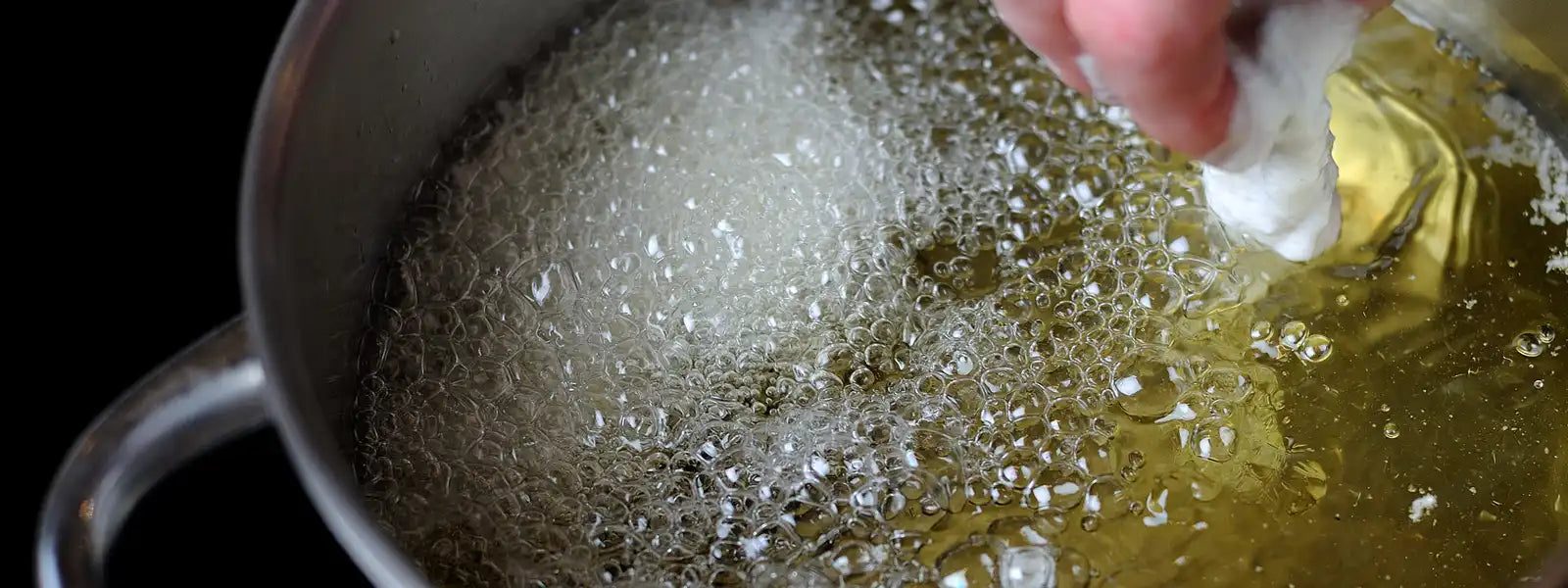
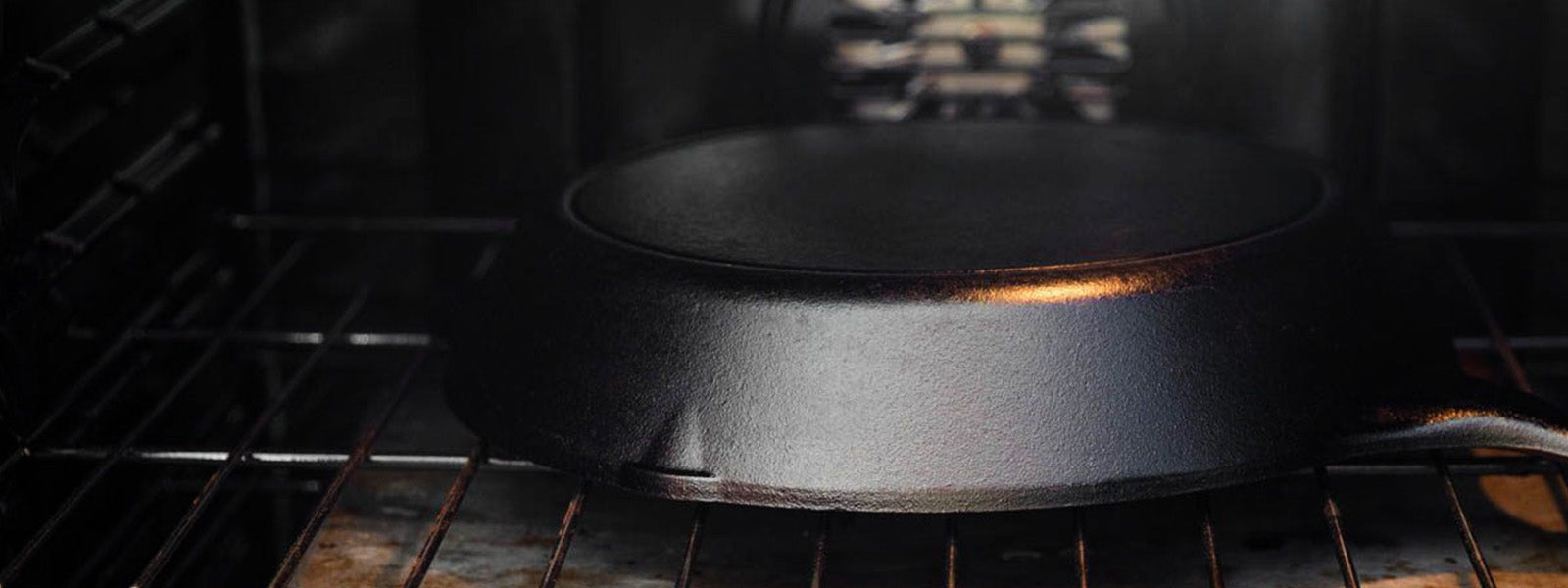
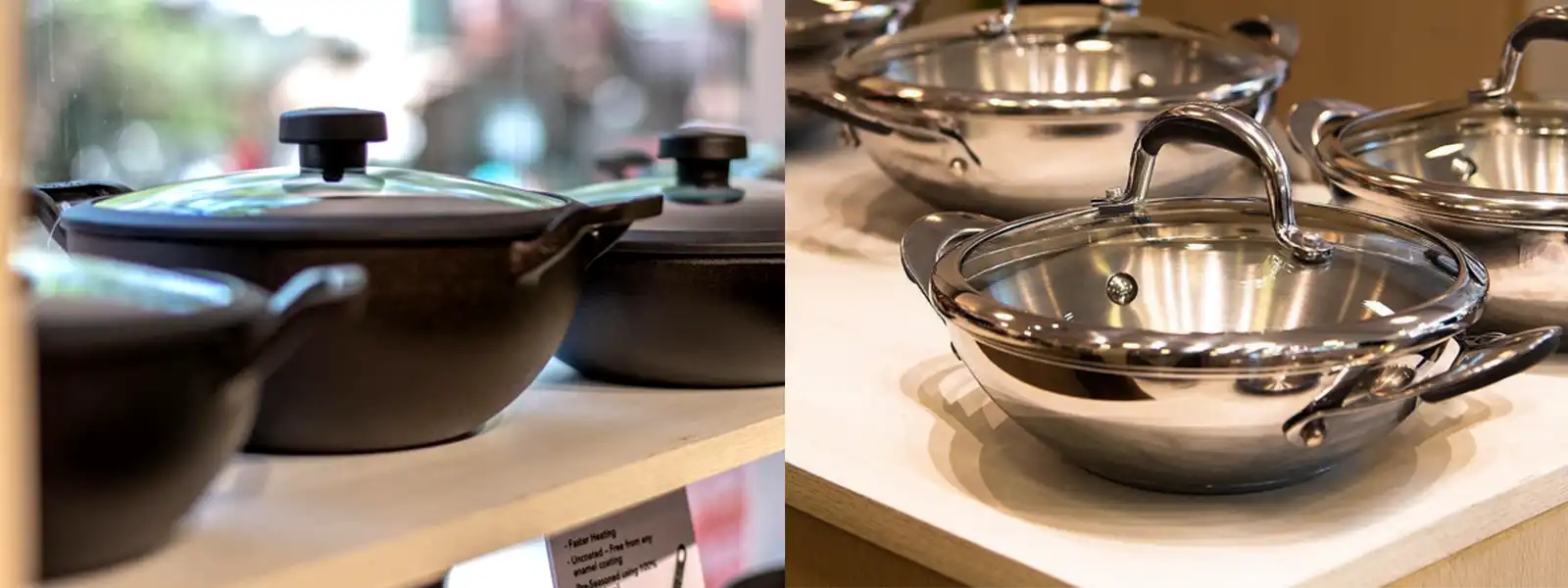
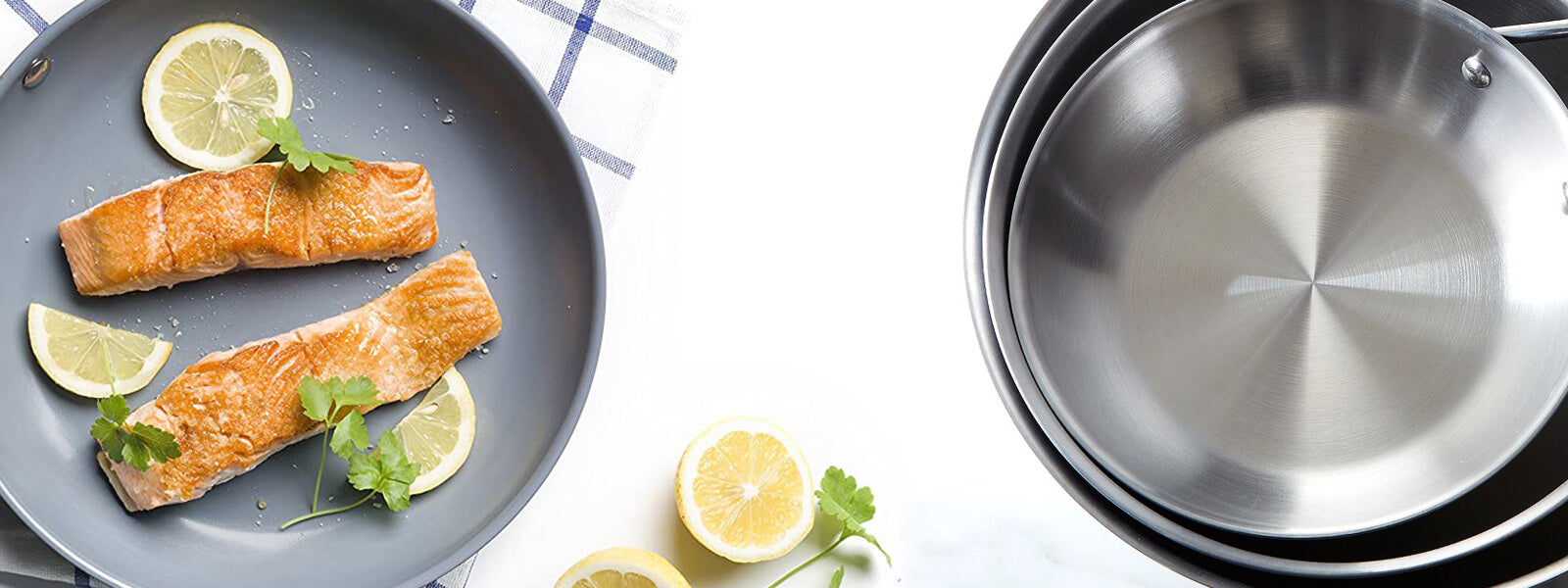
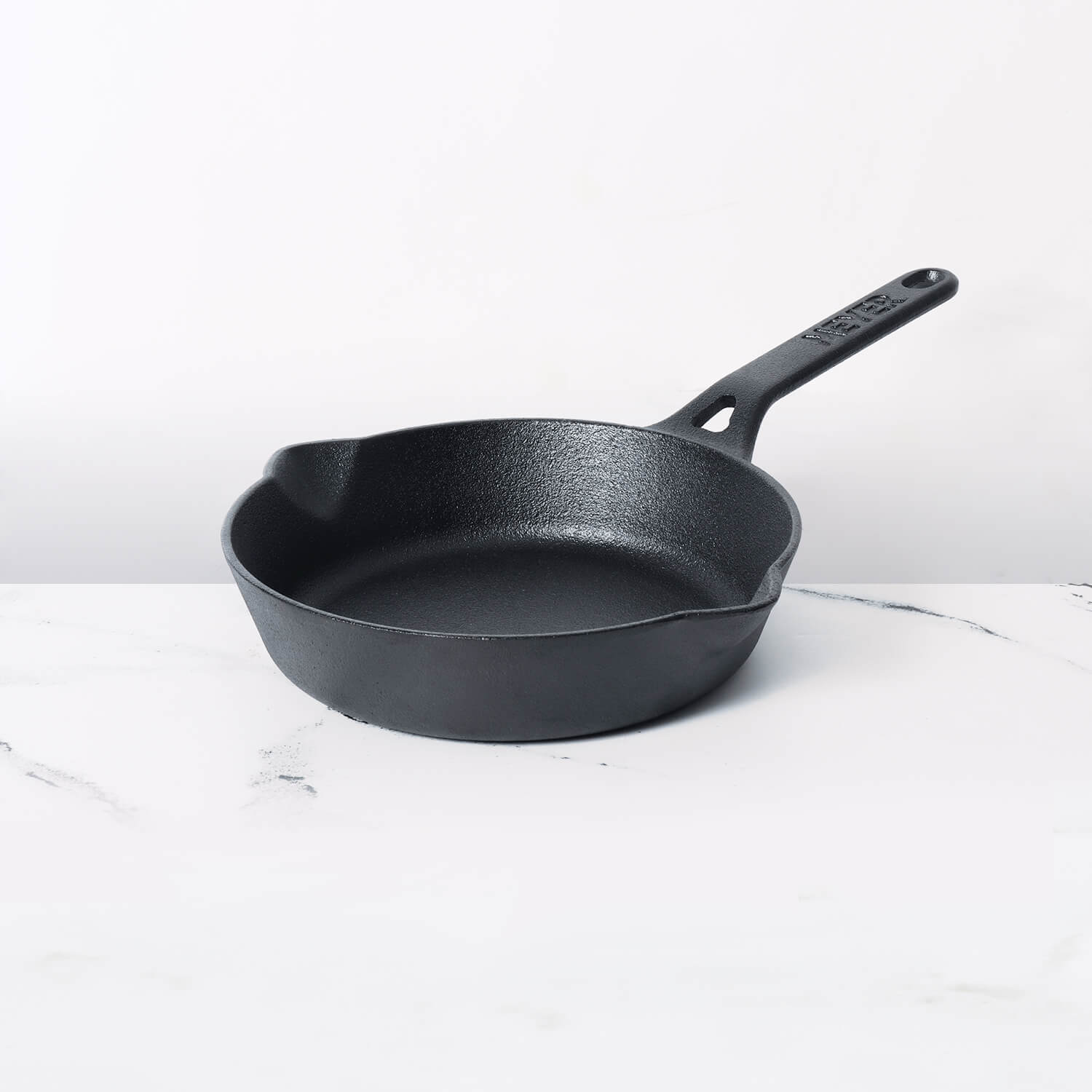
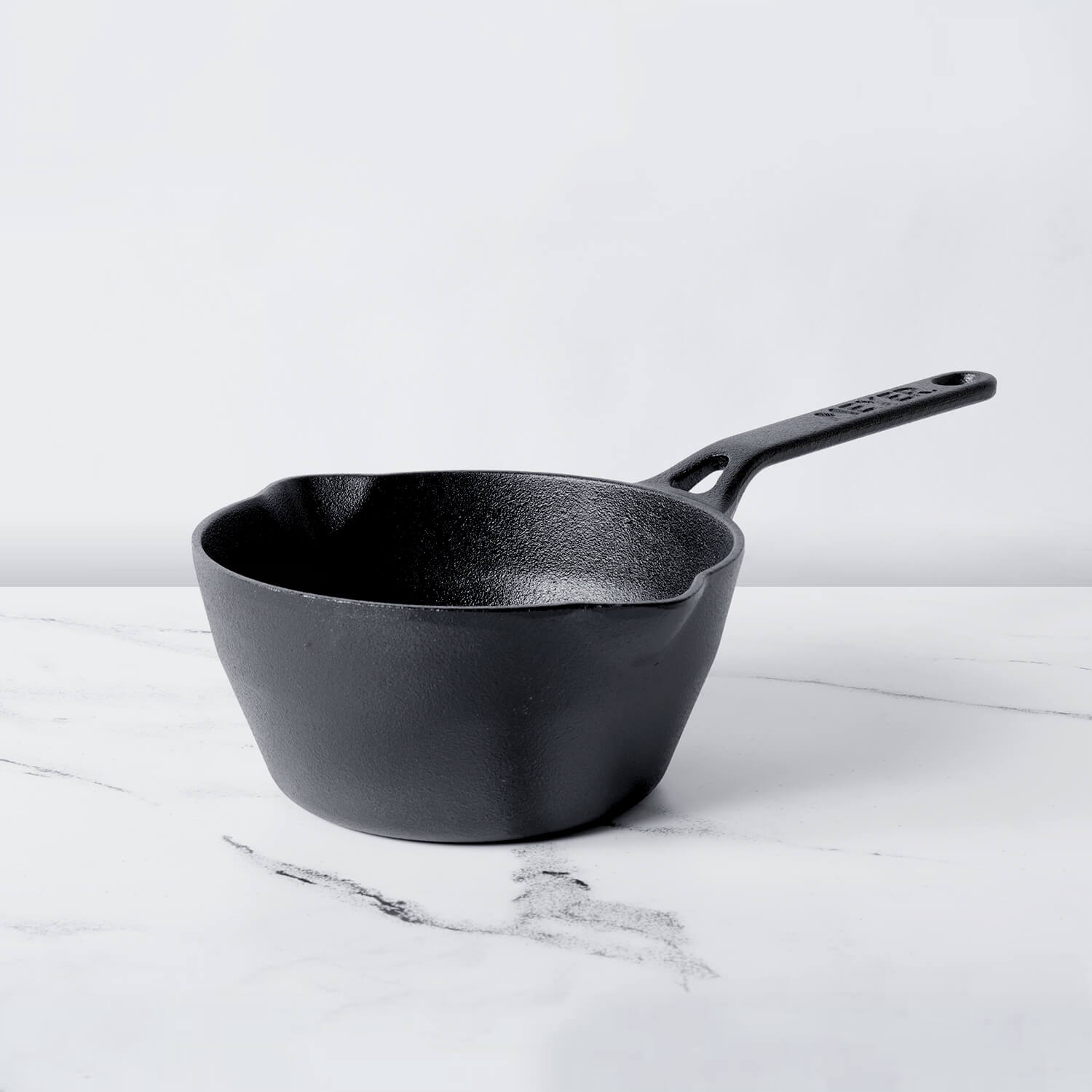




Leave a comment